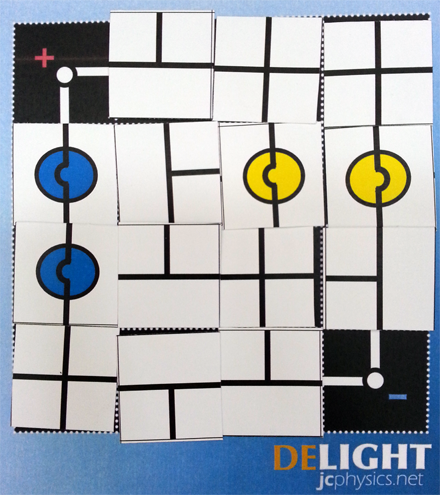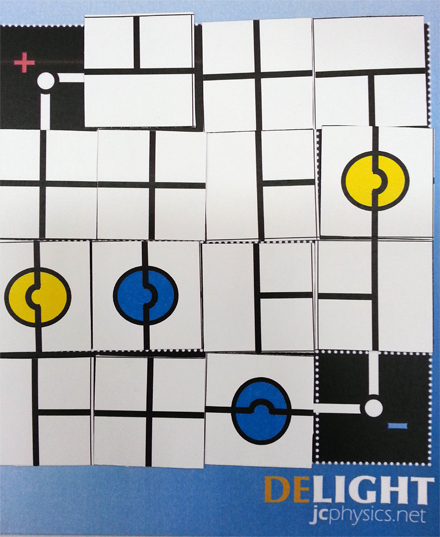This demonstration is called Newton’s nightmare because it involves the slow dropping of a magnet that seems to be inconsitent with gravitational acceleration.
Using the “CFILE” structure, we can explain how the magnet moves much slower in a metal pipe than when it is undergoing free fall (as in the PVC pipe, which serves as a control).
Now, the metal that we use cannot be ferromagnetic, or the magnet will not even drop at all. It will simply be attracted to the pipe and stick to it.
However, if another metal such as copper or aluminum is used, as the magnet moves through the pipe, different sections of the pipe will experience either a change (either decreasing or increasing) in magnetic flux. Sections of the pipe that the magnet has just gone through suffers a decreasing flux while those that the magnet are approaching gains magnetic flux.
By Faraday’s law, which states that an induced emf is proportional to the rate of change of magnetic flux linkage, emf and hence, current is induced within the pipes. These induced currents are called eddy currents.
By Lenz’s law, the induced currents tend to flow in a way so as to oppose the change causing it. The current in the sections of the pipe that the magnet is leaving will trying to attract the magnet while those that the magnet is approaching will try to repel the magnet.
The effect is that the magnet experiences a retarding magnetic force that acts against gravitational force, hence decreasing its downward acceleration.



